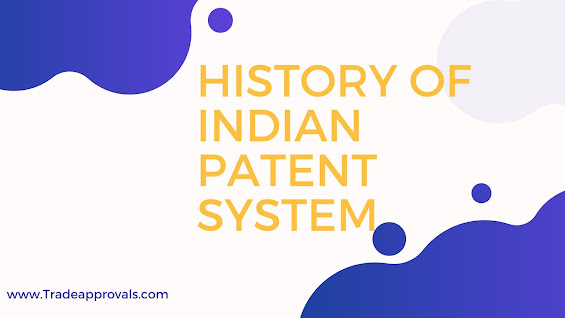10 Indian Brands Founded Before Independence. What Are their Marketing strategies?
Introduction
India has a rich history of
brands that were established before its independence in 1947. These brands have
not only stood the test of time but have also employed diverse marketing
strategies that have contributed to their longevity and success.
Tata Group
Established in 1868 with the
help of the late Jamsetji Tata, the Tata Group focused on philanthropy and
innovation, and quality. Their strategy for marketing revolved around creating
trust through community involvement as well as delivering top-quality goods and
services. This strategy did not just secure customer loyalty but was also a way
to establish Tata as an example of integrity.
Amul
The company was founded in
1946. Its marketing strategy was built around its model of cooperatives. It
empowered farmers in the area and encouraged them to participate in the
manufacturing process and created a strong bond. Their humorous and memorable
advertisements like"Amul Girl, "Amul Girl," effectively relayed
the company's values and products to the public.
Godrej
In 1897, Godrej focused on
quality and innovation. Their marketing strategy highlighted their commitment
to green products that appealed to consumers who valued sustainability in the
past. Godrej's products were promoted as modern household solutions.
Dabur
Dabur was founded in 1884.
Their marketing strategy was based on Ayurveda and natural components. They
emphasized education and educating consumers on the advantages of using
traditional treatments via literature and advertisements. This made Dabur a
respected brand in the wellness and health industry.
Bata
The company was founded in
1894 and its marketing strategy was based on durability and affordability. They
targeted a large customer base by offering top-quality shoes at affordable
prices. Bata's stores were strategically placed which made them accessible to a
variety of customers.
Britannia
In 1892, Britannia's marketing strategy focused on creating emotional bonds through food. Their products were positioned as an integral element of Indian families' lives. Britannia's unique packaging and quality have made them an established brand.
Indian Railways
Since 1853, Indian Railways
focused on connectivity and accessibility. Their marketing strategy revolved
around efficient transportation, facilitating economic growth throughout the
nation. They highlighted their importance in development across the country
through various marketing initiatives.
Mahindra Group
In 1945, the company's
marketing strategy was centered around the empowerment of rural areas and
utility. They promoted themselves as a firm that was able to meet the
requirements of rural India and offered quality utilitarian and agricultural
vehicles. This was a popular choice for the rural populace.
Parle Products
The company was founded in
1929. Its marketing strategy was based on affordability and diversity. Parle
introduced products that appealed to a variety of tastes and backgrounds,
thereby making them accessible to a broad population. Parle's low-cost pricing
and its extensive distribution network was a key factor in their success.
Kohinoor
Since 1935, Kohinoor's
advertising strategy was based on trust and quality when it came to food
products. They promoted themselves as suppliers of high-quality food items and
appealed to the consumer's desire for quality and authenticity.
In the end in conclusion,
the Indian brands have established their position and established their
reputation using a variety of strategies for marketing, focusing on the
importance of sustainability, affordability, quality social engagement,
community engagement, and ingenuity. Their strategies have changed in the
course of time, but they have created lasting impressions on the Indian
consumer market.

.png)


Comments
Post a Comment